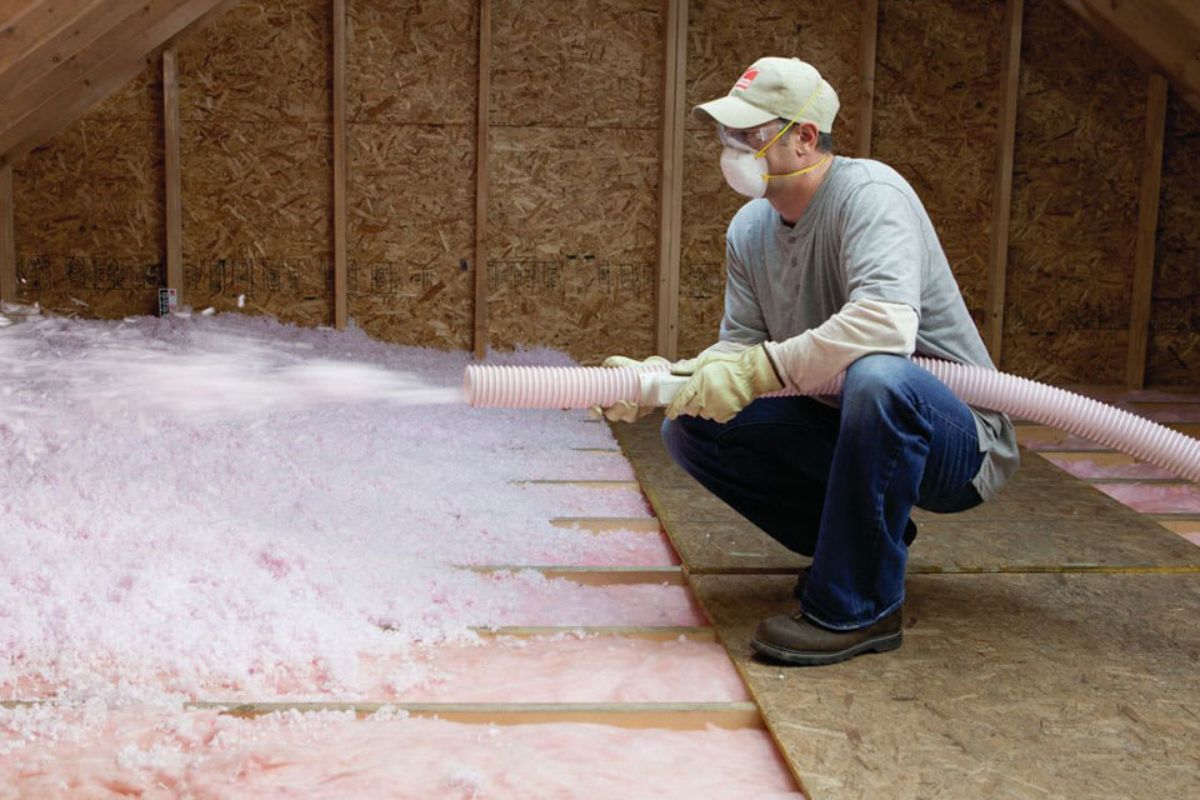

Articles
What Is Loose Fill Insulation
Modified: December 7, 2023
Discover the benefits of loose fill insulation through our informative articles. Learn how this cost-effective and energy-efficient insulation option can improve your home's comfort and reduce your energy bills.
(Many of the links in this article redirect to a specific reviewed product. Your purchase of these products through affiliate links helps to generate commission for Storables.com, at no extra cost. Learn more)
Introduction
In the quest for energy efficiency and sustainability, homeowners and builders are constantly searching for effective insulation solutions. One such solution that has gained popularity in recent years is loose fill insulation. This type of insulation offers numerous benefits, including ease of installation, excellent coverage, and thermal efficiency.
Loose fill insulation, as the name suggests, refers to insulation material that is loose in nature, comprised of small particles or fibers. Unlike traditional insulation materials, such as fiberglass batts or foam boards, loose fill insulation is poured or blown into cavities, creating a seamless barrier that helps to keep indoor temperatures stable and reduce energy consumption.
Let’s dive deeper into the world of loose fill insulation, exploring its various types, advantages, disadvantages, installation process, cost, maintenance, and environmental impact. By the end, you’ll have a comprehensive understanding of loose fill insulation and its potential as a sustainable solution for your home.
Key Takeaways:
- Loose fill insulation, made of materials like cellulose and fiberglass, offers excellent coverage, thermal efficiency, and environmental friendliness. It’s a versatile option for homeowners seeking energy-efficient and sustainable solutions.
- While loose fill insulation provides numerous benefits, including sound insulation and moisture resistance, it’s important to consider potential drawbacks such as settling and combustibility. Proper maintenance and professional installation are crucial for maximizing its effectiveness.
Read more: What Are Pin Cushions Filled With
Definition of Loose Fill Insulation
Loose fill insulation is a type of thermal insulation that is composed of small particles or fibers. Unlike other forms of insulation, loose fill insulation is not in rigid or solid panels. Instead, it is loose and can take the form of small granules or fibers.
This type of insulation is typically made from materials such as cellulose, fiberglass, and mineral wool. Cellulose loose fill insulation, for example, is often made from recycled newspapers and treated with fire-resistant chemicals. Fiberglass loose fill insulation consists of tiny glass fibers, while mineral wool loose fill insulation is made from molten rock or slag that is spun into fibers.
The loose fill insulation is typically installed by pouring or blowing it into cavities, such as attics, walls, or floor joists. The loose nature of the insulation allows it to fill gaps, cracks, and uneven spaces, providing excellent coverage and preventing heat transfer through conduction and convection.
Loose fill insulation is known for its high thermal resistance, or R-value. The R-value measures the insulation’s ability to resist heat flow. The higher the R-value, the greater the insulation’s thermal efficiency.
Overall, loose fill insulation acts as a barrier to prevent heat loss in the winter and heat gain in the summer. It helps to maintain a more comfortable indoor temperature, reduce energy consumption, and lower heating and cooling costs.
Types of Loose Fill Insulation
There are several types of loose fill insulation available, each with its own unique characteristics and advantages. Let’s explore some of the most common types:
- Cellulose: Cellulose loose fill insulation is made from shredded recycled newspapers treated with fire-retardant chemicals. It is an environmentally friendly option and has a high R-value. Cellulose insulation effectively fills gaps and provides excellent coverage.
- Fiberglass: Fiberglass loose fill insulation consists of small fibers made from glass. It is lightweight and resistant to mold and pests. Fiberglass insulation is a cost-effective option and provides good thermal performance.
- Mineral Wool: Mineral wool loose fill insulation is made from molten rock or slag that is spun into fibers. It has excellent fire-resistance properties and provides good sound insulation as well. Mineral wool insulation is durable and doesn’t settle over time.
- Polystyrene Beads: Polystyrene bead loose fill insulation is made of tiny foam beads. It is lightweight and water-resistant, making it suitable for areas prone to moisture. Polystyrene bead insulation provides good thermal insulation.
- Perlite: Perlite loose fill insulation is made from expanded volcanic rock. It is lightweight and provides good thermal insulation. Perlite insulation is often used in areas where moisture resistance is important.
Each type of loose fill insulation has its own advantages and considerations, so it’s important to choose the one that best suits your specific needs and requirements. Consult with a professional insulation contractor to determine the most suitable type of loose fill insulation for your home.
Advantages of Loose Fill Insulation
Loose fill insulation offers numerous advantages that make it a popular choice among homeowners and builders. Here are some of its key benefits:
- Excellent Coverage: Loose fill insulation can effectively fill gaps, cracks, and irregular spaces. The loose nature of the insulation allows it to conform to the shape of the cavity, providing seamless coverage and significantly reducing the potential for thermal bridging.
- Thermal Efficiency: Loose fill insulation has high thermal resistance (R-value), which helps to prevent heat transfer. It acts as a barrier against conduction and convection, reducing the amount of energy needed to heat or cool the interior space. This results in improved energy efficiency and lower heating and cooling costs.
- Moisture Resistance: Some types of loose fill insulation, such as polystyrene beads and perlite, have inherent moisture resistance. This makes them suitable for areas prone to moisture, such as basements or crawl spaces. Moisture-resistant insulation helps prevent the growth of mold and mildew, enhancing indoor air quality and promoting a healthier living environment.
- Sound Insulation: Loose fill insulation can also contribute to improved soundproofing. The insulation material helps to absorb and dampen sound vibrations, reducing noise transmission between rooms or from external sources.
- Environmentally Friendly: Many loose fill insulation materials, such as cellulose, are made from recycled materials, making them eco-friendly options. By choosing loose fill insulation, you can reduce your carbon footprint and contribute to sustainability efforts.
- Easy Installation: Loose fill insulation can be easily installed by pouring or blowing it into the desired cavities. The process is relatively quick and efficient, making it a preferred choice for both new construction and retrofit projects.
Overall, loose fill insulation offers a range of advantages, including excellent coverage, thermal efficiency, moisture resistance, sound insulation, environmental friendliness, and ease of installation. These benefits make it a valuable option for enhancing the energy efficiency and comfort of your home.
Disadvantages of Loose Fill Insulation
While loose fill insulation has many advantages, it is important to consider the potential disadvantages before choosing this type of insulation for your home. Here are a few drawbacks to keep in mind:
- Settling: Over time, loose fill insulation may settle, leading to a decrease in its thermal performance. As the insulation settles, gaps can form, reducing its ability to effectively block heat transfer. Regular maintenance and occasional top-ups may be necessary to ensure optimal insulation performance.
- Moisture Absorption: Some types of loose fill insulation, such as cellulose, have the potential to absorb moisture. If the insulation becomes wet, it can lose its thermal resistance and may be prone to mold or mildew growth. Proper moisture management and ensuring adequate ventilation are essential to mitigate this risk.
- Combustibility: Loose fill insulation, particularly cellulose insulation, is combustible. Although fire-retardant chemicals are added to reduce the risk of ignition, it is still important to exercise caution and follow local fire safety codes when using this type of insulation.
- Limited Application: While loose fill insulation is versatile and can be used in various locations, it may not be suitable for every part of your home. For example, in areas with high moisture levels, such as bathrooms or kitchens, alternative insulation materials with better moisture resistance may be more appropriate.
- Professional Installation: Installing loose fill insulation can be a complex process that requires specialized equipment and expertise. It is recommended to hire a professional insulation contractor to ensure proper installation, as improper installation can compromise the insulation’s effectiveness.
- Dust and Allergen Concerns: During the installation process, the particles or fibers of loose fill insulation can become airborne, causing temporary dust and potential allergen exposure. Proper safety measures should be taken, such as wearing protective gear and ensuring adequate ventilation, to minimize any potential health risks.
Considering these potential drawbacks, it is important to weigh the advantages and disadvantages of loose fill insulation and make an informed decision based on your specific needs, location, and budget.
When installing loose fill insulation, make sure to wear protective gear such as gloves, goggles, and a mask to avoid irritation from the small particles. Keep the area well-ventilated during installation.
Read more: What To Fill Outdoor Planters With
Installation Process of Loose Fill Insulation
The installation process of loose fill insulation typically involves pouring or blowing the insulation material into the desired cavities. Here is a general overview of the installation process:
- Preparation: Before installing loose fill insulation, it is important to ensure that the area is properly prepared. This includes clearing any debris or obstructions from the cavities and sealing any air leaks or gaps that could compromise the insulation’s effectiveness.
- Equipment: Depending on the type of loose fill insulation and the scope of the project, specialized equipment may be required. This can include insulation blowing machines, hoses, and nozzles. It is important to follow the manufacturer’s instructions and use appropriate safety equipment.
- Application: The loose fill insulation can be poured or blown into the cavities. If using blown-in insulation, the material is typically loaded into the machine’s hopper and blown through the hose into the desired areas. The installer should ensure even coverage and avoid overfilling or compacting the insulation.
- Leveling and Top-Ups: Once the loose fill insulation is installed, it may need to be leveled to ensure consistent coverage and eliminate any uneven areas. Additionally, over time, the insulation may settle, and top-ups may be necessary to maintain its effectiveness. Regular inspections and maintenance can help identify any areas that require additional insulation.
- Cleanup: After completing the installation, it is important to clean up any excess insulation material or debris. Proper disposal methods should be followed, especially when handling materials containing chemicals or hazardous substances.
It is worth noting that the installation process may vary depending on the specific type of loose fill insulation and the location of the installation. It is recommended to consult with a professional insulation contractor who can assess your specific needs and provide guidance tailored to your project.
Cost of Loose Fill Insulation
The cost of loose fill insulation can vary depending on several factors, including the type of insulation material, the size of the project, and the labor costs in your area. Here are some cost considerations to keep in mind:
- Material Cost: The price of loose fill insulation material can vary significantly. Cellulose insulation, often made from recycled materials, is generally more affordable compared to fiberglass or mineral wool. Polystyrene beads and perlite insulation may be slightly more expensive due to their unique properties.
- Installation Cost: The cost of installation usually includes labor, equipment, and any additional materials required for the installation process. It is recommended to obtain quotes from insulation contractors to get an accurate estimate of the installation cost for your specific project.
- Project Size: The size of the project, in terms of the square footage to be insulated, will impact the overall cost. Larger projects may require more materials and labor, resulting in higher costs.
- Location: The pricing of insulation services can vary depending on the location. Labor costs, material availability, and regional market factors can all influence the cost of installing loose fill insulation.
- Additional Factors: There may be additional costs associated with preparing the area for insulation, such as clearing debris, sealing air leaks, or addressing any existing insulation that needs to be removed. These factors should be considered when budgeting for the project.
While loose fill insulation may have an upfront cost, it is important to consider the long-term energy savings and potential reduction in heating and cooling costs that can result from improved insulation. Investing in quality insulation can lead to significant savings over time and contribute to a more energy-efficient home.
It is recommended to obtain quotes from multiple insulation contractors and compare the costs and services offered. This will help you make an informed decision based on your budget and specific needs.
Maintenance and Longevity of Loose Fill Insulation
Loose fill insulation requires regular maintenance and proper care to ensure its longevity and effectiveness. Here are some important considerations regarding maintenance and the longevity of loose fill insulation:
Maintenance:
- Inspection: Regularly inspect the insulation to identify any signs of settling, gaps, or damage. Inspections can help you identify areas that may require top-ups or repairs.
- Sealing Gaps: Over time, gaps may develop in the insulation due to settling or movement. Sealing these gaps with the appropriate materials can help maintain the insulation’s integrity and prevent air leakage and heat transfer.
- Moisture Management: Proper moisture management is crucial for maintaining the effectiveness of loose fill insulation. Ensure that any sources of moisture, such as leaks or condensation, are promptly addressed. This will help prevent damage to the insulation and minimize the risk of mold or mildew growth.
- Professional Inspections: Consider hiring a professional insulation contractor to conduct periodic inspections and maintenance. They can assess the condition of the insulation, identify any issues, and provide appropriate recommendations for maintenance or repairs.
Longevity:
- Quality Installation: Proper installation by experienced professionals is essential for the longevity of loose fill insulation. Ensuring that the insulation is installed correctly right from the start helps maximize its effectiveness and lifespan.
- Choosing Durable Materials: Selecting high-quality loose fill insulation materials can contribute to its longevity. Materials that are resistant to settling, moisture, and pests may have a longer lifespan and require less frequent maintenance.
- Regular Inspections: Conducting regular inspections allows you to identify any issues early on and address them promptly. Timely maintenance can help prevent further damage and extend the lifespan of the insulation.
- Addressing Settling: As loose fill insulation settles over time, it may require top-ups to maintain its effectiveness. Professional assessments can determine when additional insulation is needed and ensure that the insulation level remains optimal.
- Proper Ventilation: Adequate ventilation is important to prevent moisture buildup and maintain the performance of loose fill insulation. Good air circulation helps minimize the risk of condensation and potential damage to the insulation.
By following these maintenance practices and ensuring that the loose fill insulation is properly cared for, it can have a prolonged lifespan and continue to provide effective thermal insulation for your home.
Environmental Impact of Loose Fill Insulation
Loose fill insulation offers several environmental benefits compared to other insulation options. Here are some key points to consider regarding the environmental impact of loose fill insulation:
- Recycled Content: Many loose fill insulation materials, such as cellulose, are made from recycled materials. Cellulose insulation, for example, is often produced from recycled newspapers. By utilizing recycled content, loose fill insulation helps reduce the demand for new raw materials and decreases the strain on natural resources.
- Energy Efficiency: Loose fill insulation provides effective thermal insulation, reducing the need for excessive heating and cooling. By minimizing energy consumption, loose fill insulation can help lower greenhouse gas emissions and contribute to mitigating climate change.
- Sustainable Sourcing: Some loose fill insulation materials, such as mineral wool, are made from sustainable and abundant resources. Mineral wool insulation is manufactured from molten rock or slag, which are byproducts of other industrial processes. Using these materials helps reduce waste and promotes resource efficiency.
- Minimal Environmental Impact: Loose fill insulation typically has a lower environmental impact during the production process compared to other insulation materials. The manufacturing of loose fill insulation requires less energy and produces fewer emissions, making it a more eco-friendly option.
- Long Lifespan: When installed and maintained properly, loose fill insulation can have a long lifespan. This durability reduces the need for frequent replacement, minimizing waste generation and overall environmental impact.
- Recyclability: Loose fill insulation can often be recycled at the end of its life. Cellulose and fiberglass insulation can be recycled and repurposed into new insulation products. This recycling capability reduces the amount of insulation material ending up in landfills and promotes the circular economy.
It is important to note that while loose fill insulation has positive environmental attributes, it is still essential to consider the overall life cycle impacts of the insulation, including the energy and resources required for production and installation.
Before selecting a loose fill insulation material, it is advisable to research and choose one that aligns with your environmental values. Consulting with insulation professionals can also provide further insights into the sustainability and environmental impact of different insulation options.
Read more: What Is A Toilet Fill Valve
Conclusion
Loose fill insulation is an excellent choice for homeowners and builders looking to enhance energy efficiency, improve thermal comfort, and reduce utility costs. Its unique properties, such as excellent coverage, thermal efficiency, and versatility, make it a popular option for various applications.
We explored the definition and types of loose fill insulation, including cellulose, fiberglass, mineral wool, polystyrene beads, and perlite. Each type has its own advantages and considerations, offering different benefits depending on your specific needs and requirements.
The advantages of loose fill insulation include its ability to provide excellent coverage, thermal efficiency, moisture resistance, sound insulation, and being environmentally friendly. These benefits contribute to a more comfortable living environment, reduced energy consumption, lower heating and cooling costs, and positive environmental impacts.
However, it’s important to be aware of the potential disadvantages of loose fill insulation, such as settling, moisture absorption, combustibility, limited application, and the need for professional installation. Understanding these drawbacks allows homeowners and builders to make informed decisions and take necessary precautions to maximize the benefits of loose fill insulation.
The installation process of loose fill insulation involves proper preparation, equipment usage, application, leveling, and cleanup. It is recommended to consult with professional insulation contractors to ensure a seamless and effective installation process.
In terms of cost, loose fill insulation expenses can vary based on factors like material costs, installation costs, project size, and location. While upfront costs should be considered, it’s important to weigh them against the long-term energy savings and reduced heating and cooling expenses that loose fill insulation can provide.
Maintenance plays a crucial role in ensuring the longevity and effectiveness of loose fill insulation. Regular inspections, sealing gaps, moisture management, and professional assessments are recommended to maintain optimal performance and address any issues promptly.
Lastly, from an environmental standpoint, loose fill insulation offers several benefits like recycled content, energy efficiency, sustainable sourcing, minimal environmental impact, long lifespan, and recyclability. By choosing loose fill insulation, individuals can contribute to sustainability efforts, reduce waste generation, and lower greenhouse gas emissions.
In conclusion, loose fill insulation offers a wide range of advantages, including excellent thermal performance, flexible installation, and eco-friendliness. By carefully considering its pros and cons, individuals can make informed decisions to create a more energy-efficient, comfortable, and sustainable living environment.
Frequently Asked Questions about What Is Loose Fill Insulation
Was this page helpful?
At Storables.com, we guarantee accurate and reliable information. Our content, validated by Expert Board Contributors, is crafted following stringent Editorial Policies. We're committed to providing you with well-researched, expert-backed insights for all your informational needs.
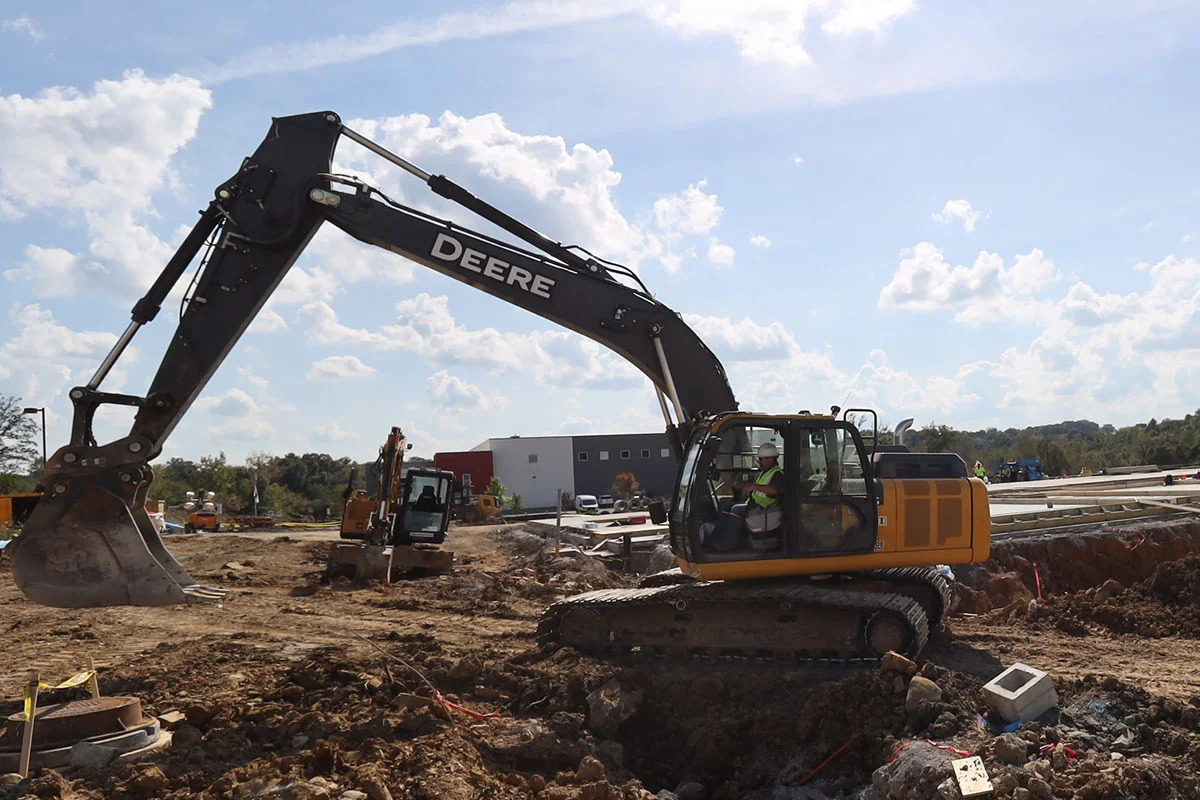
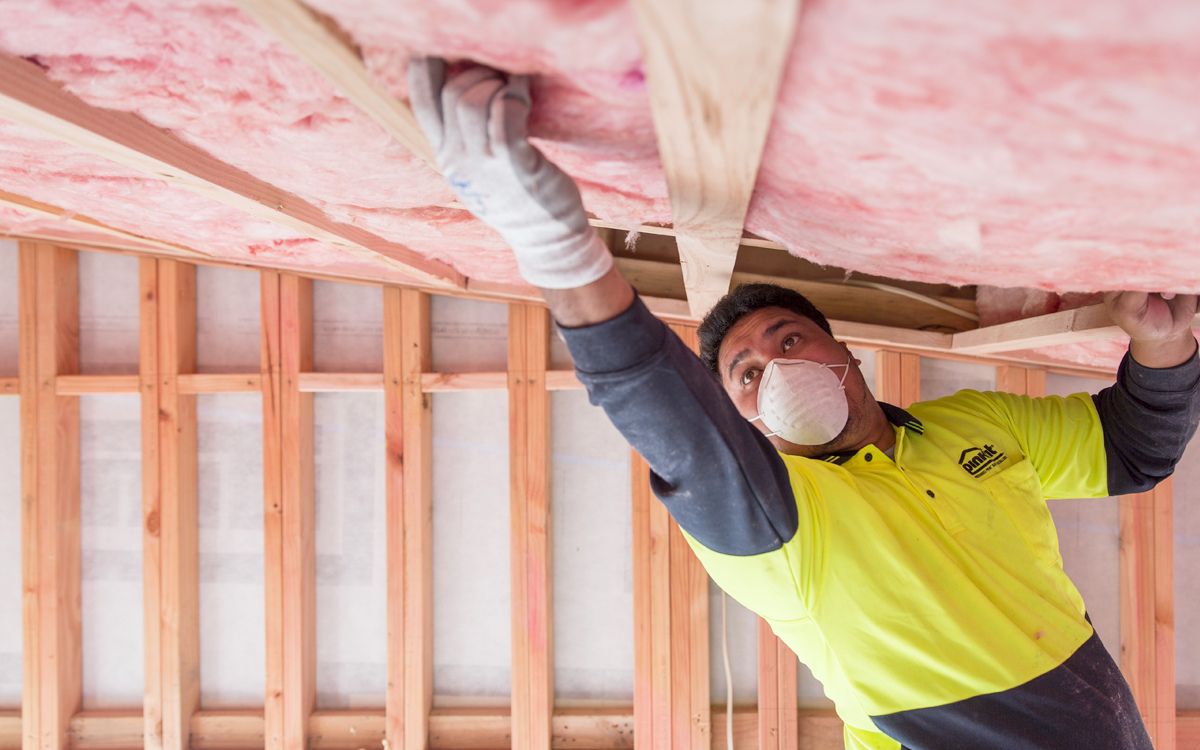

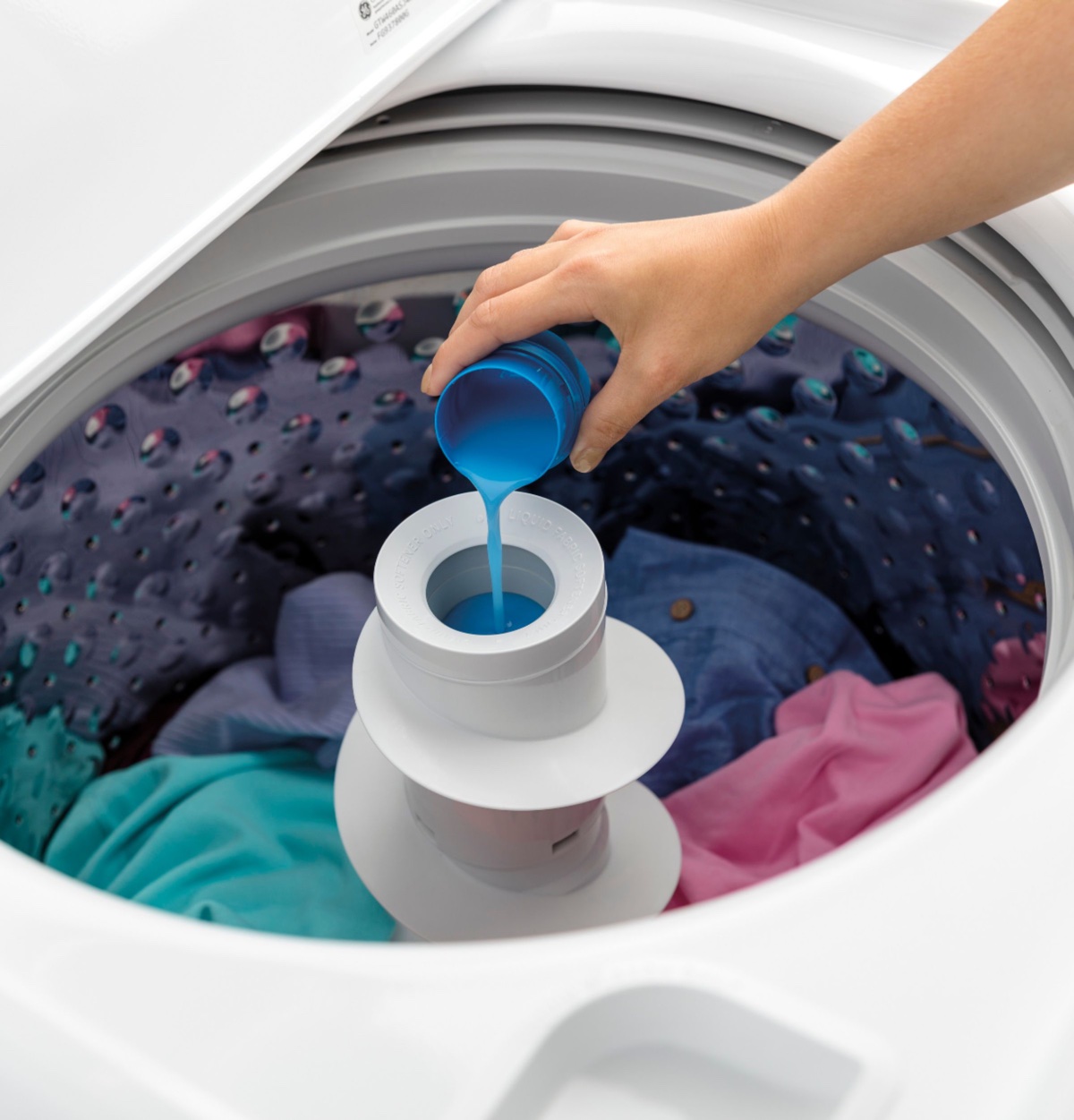
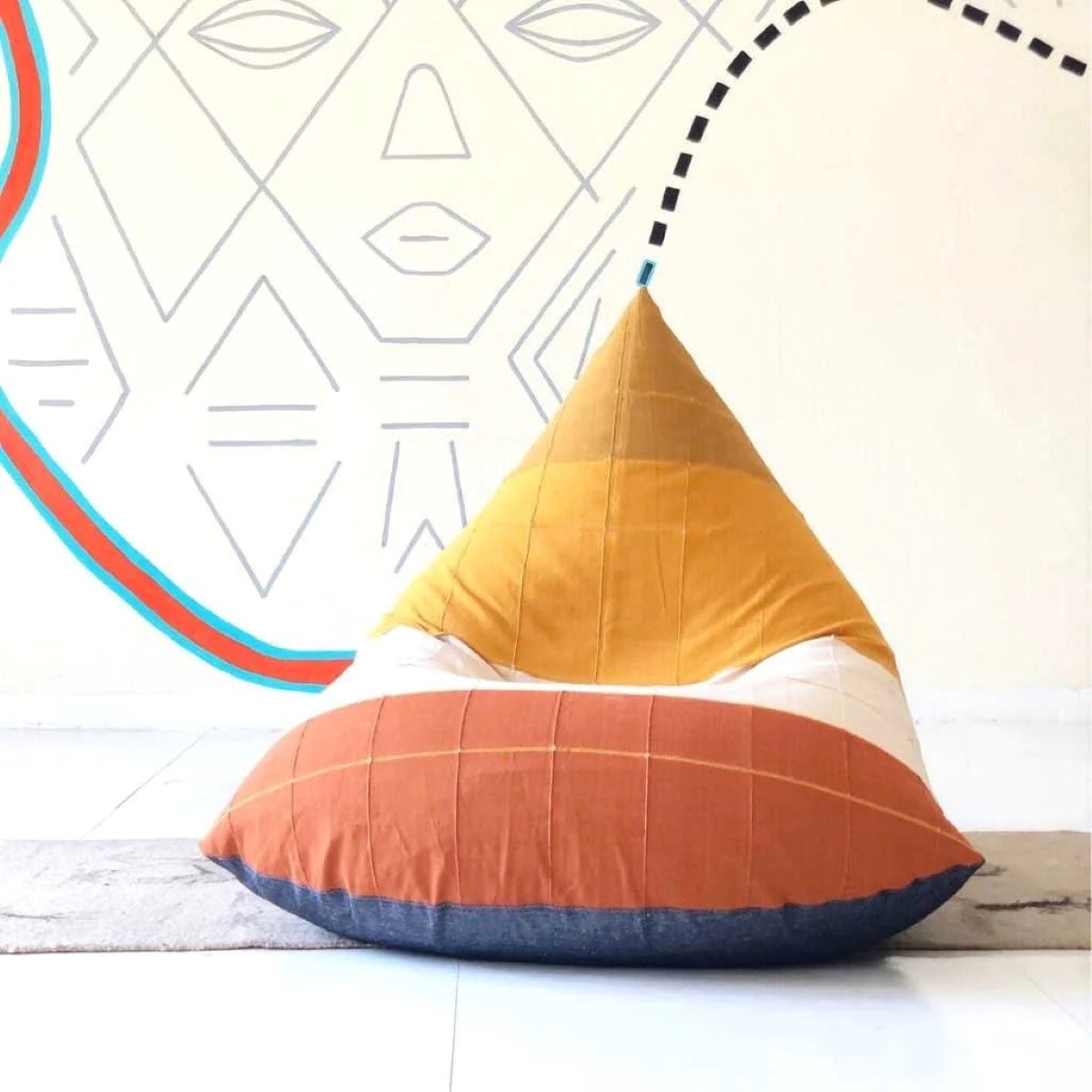
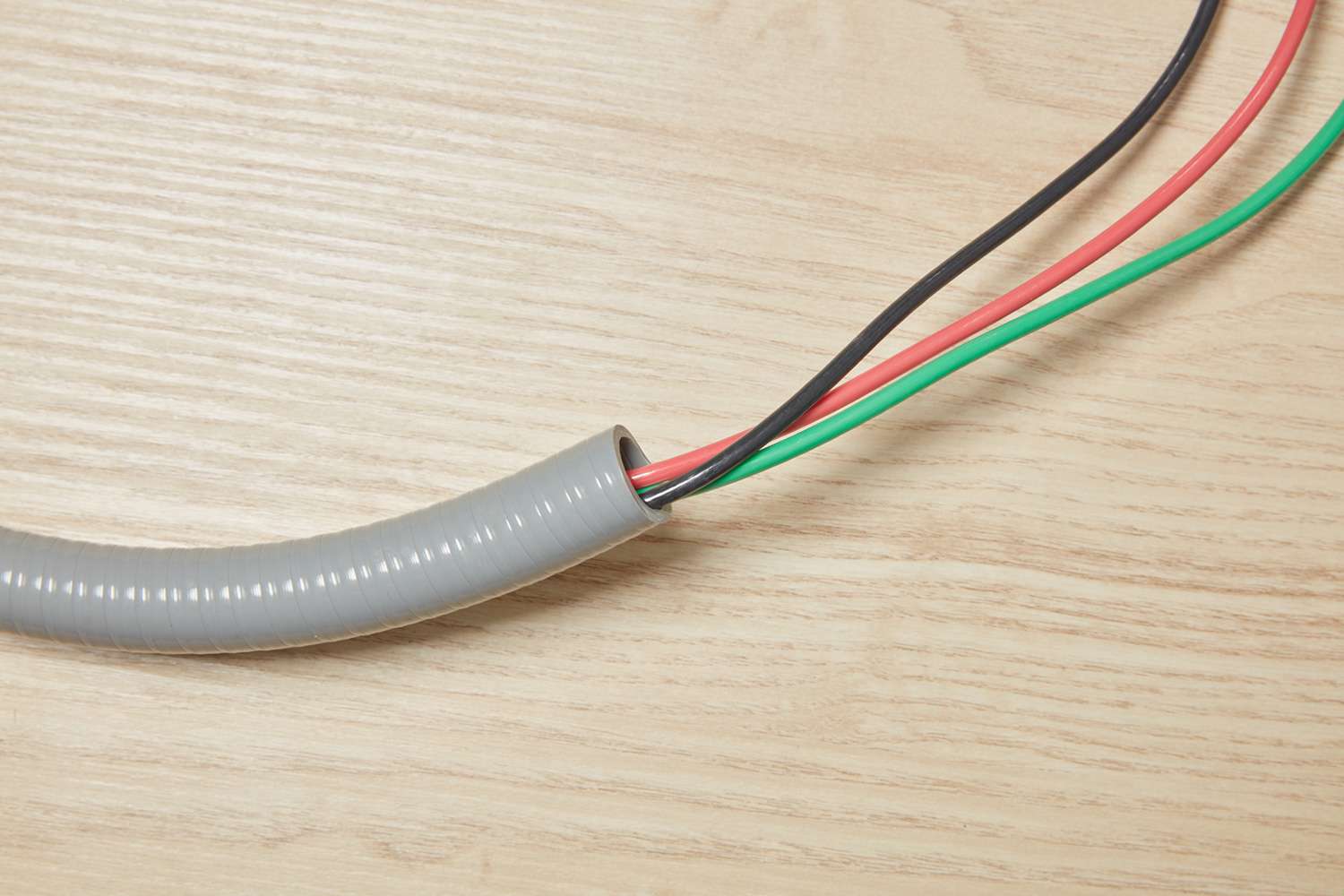

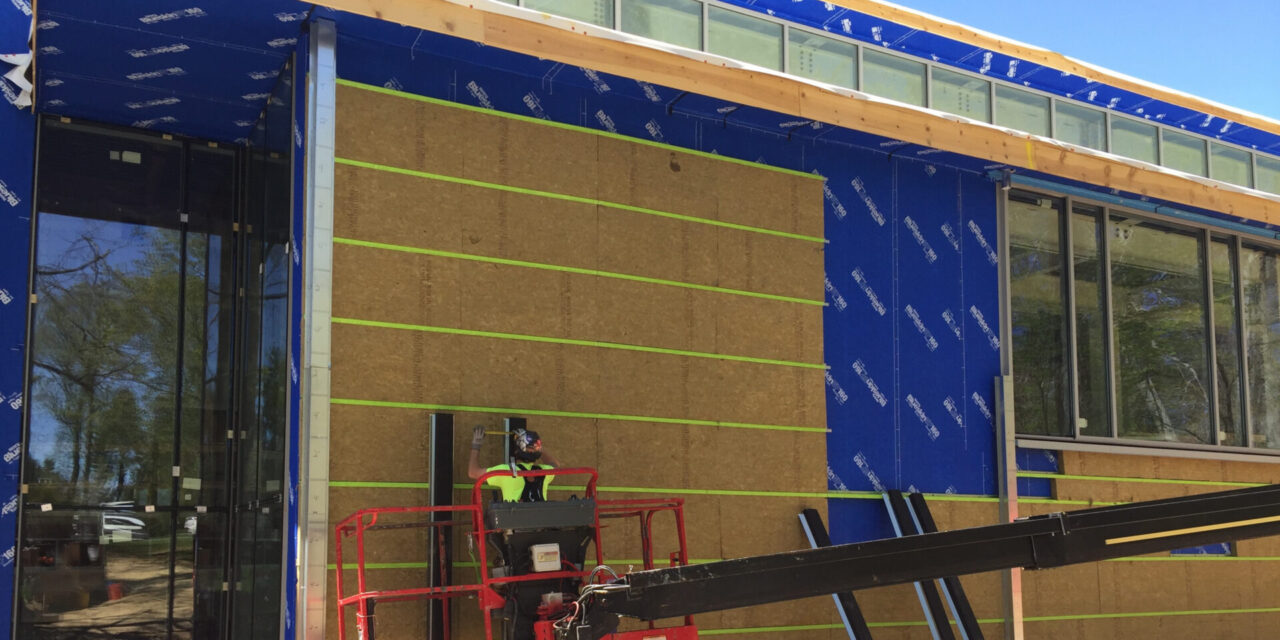
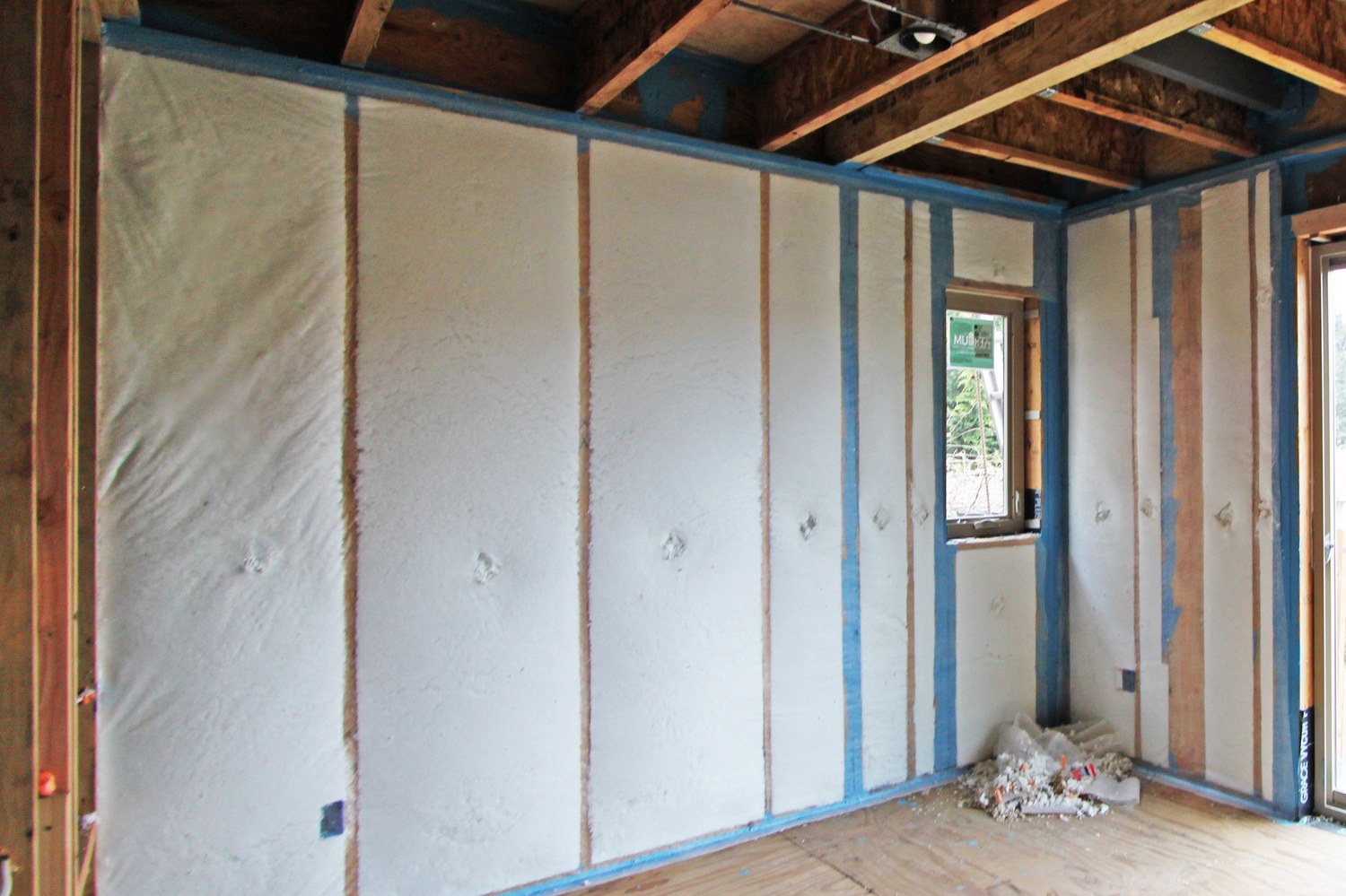
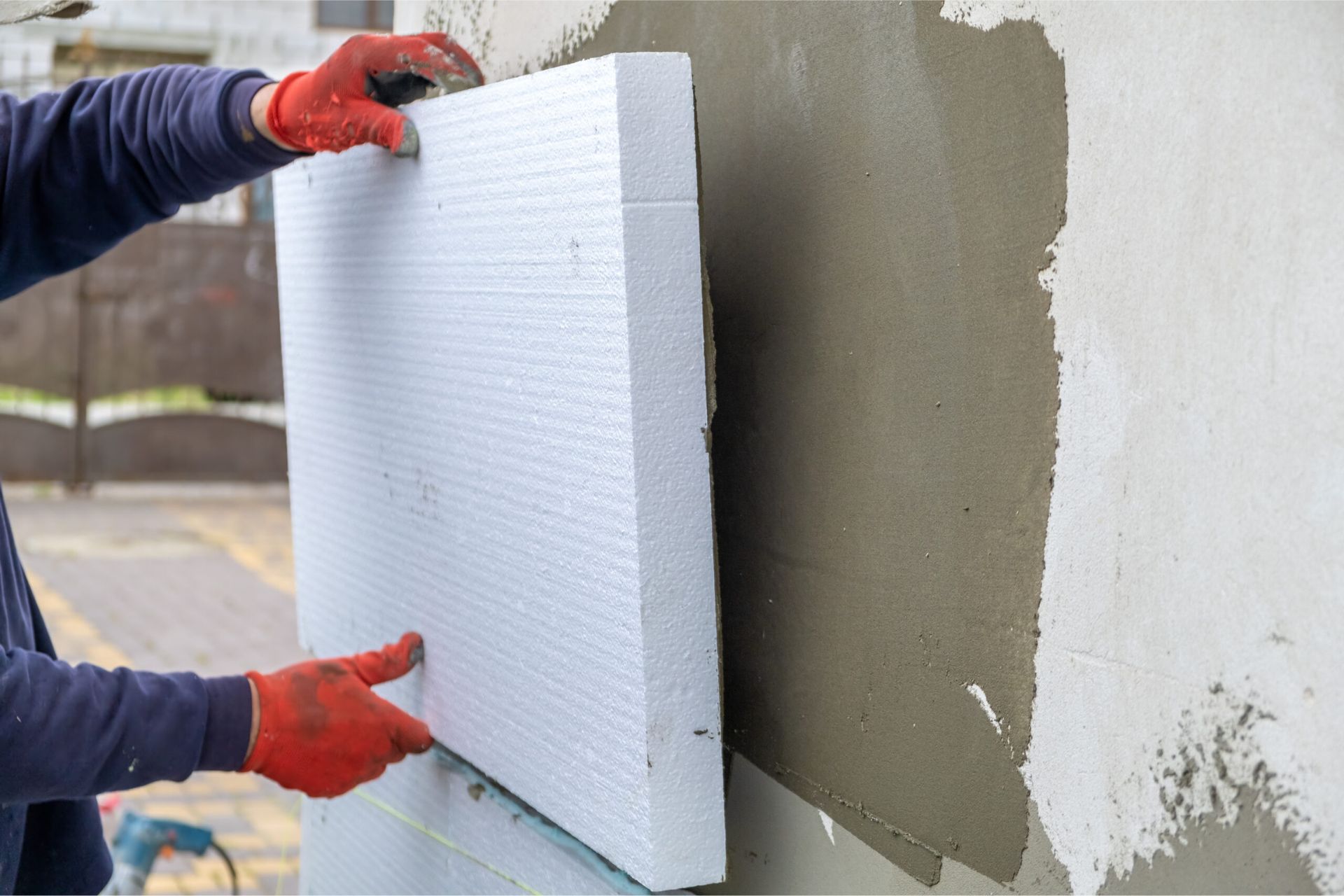
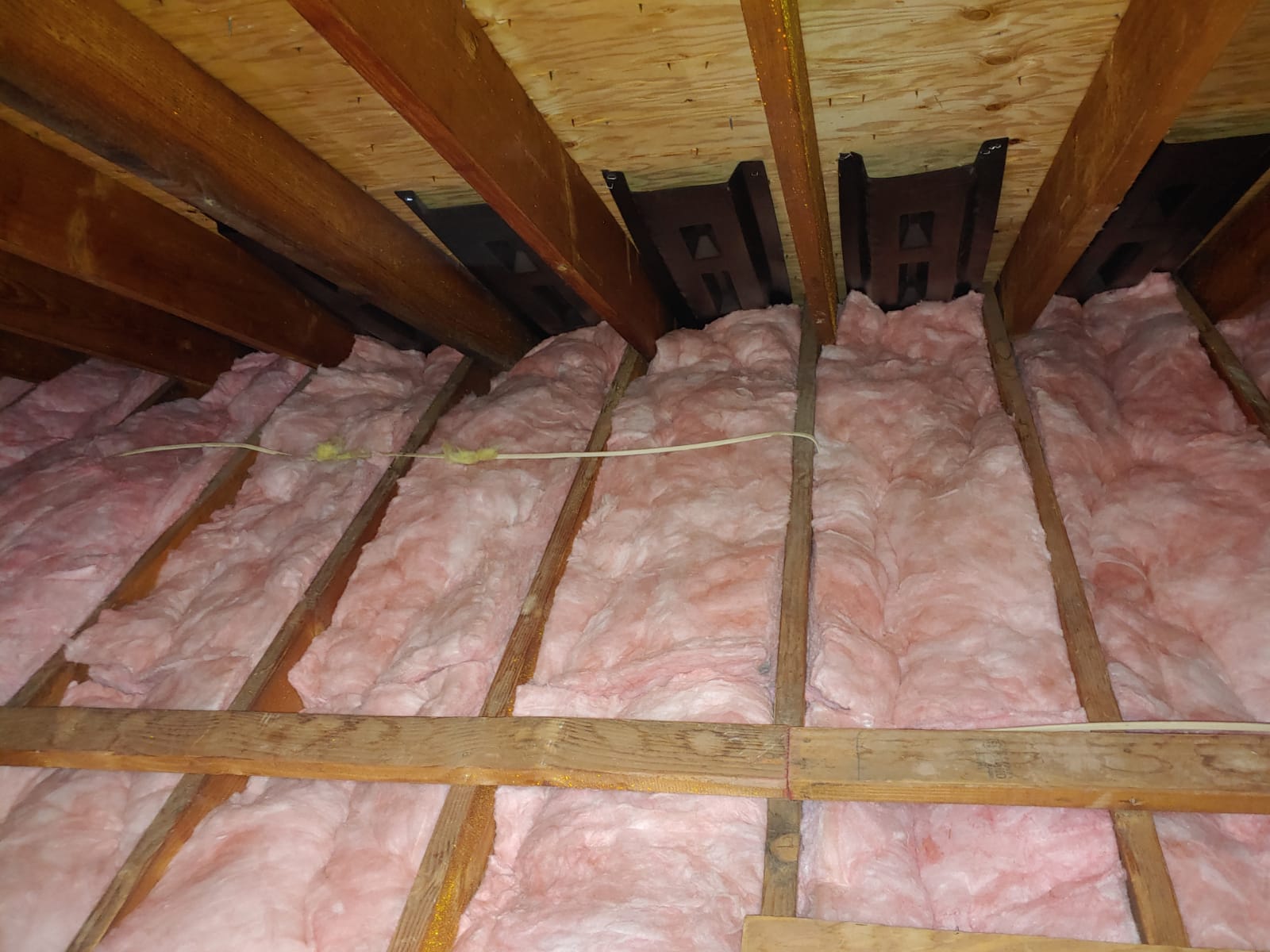
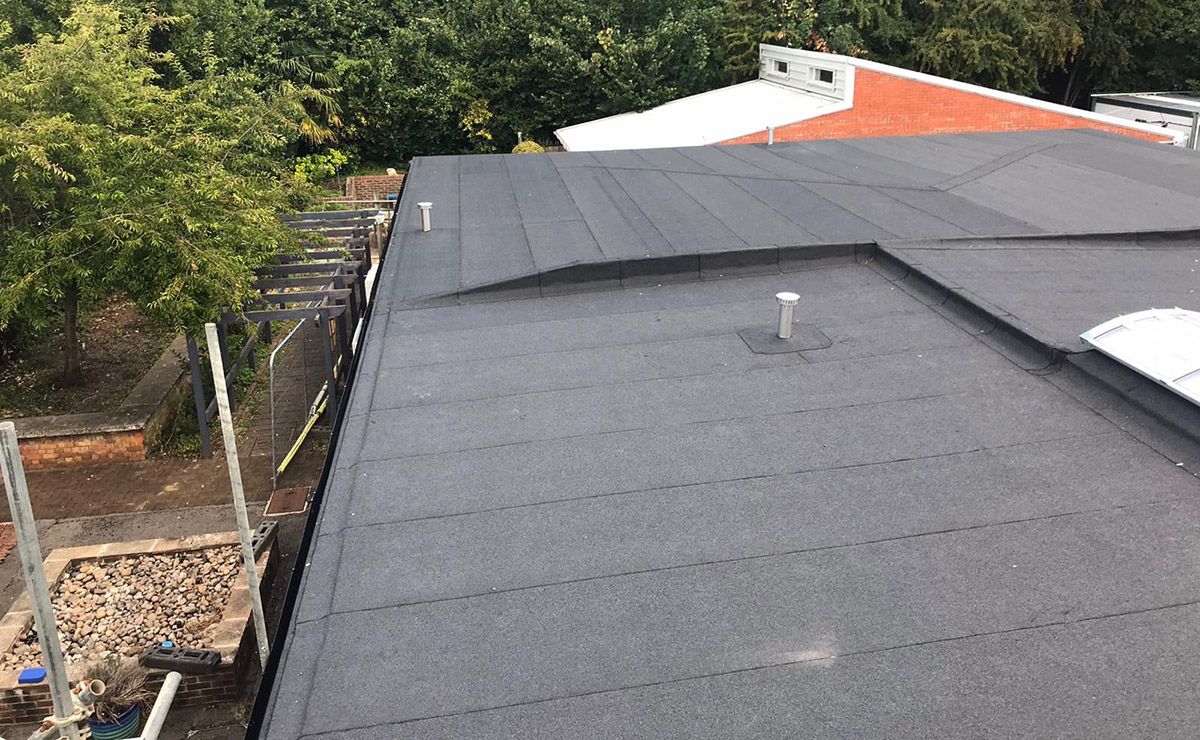
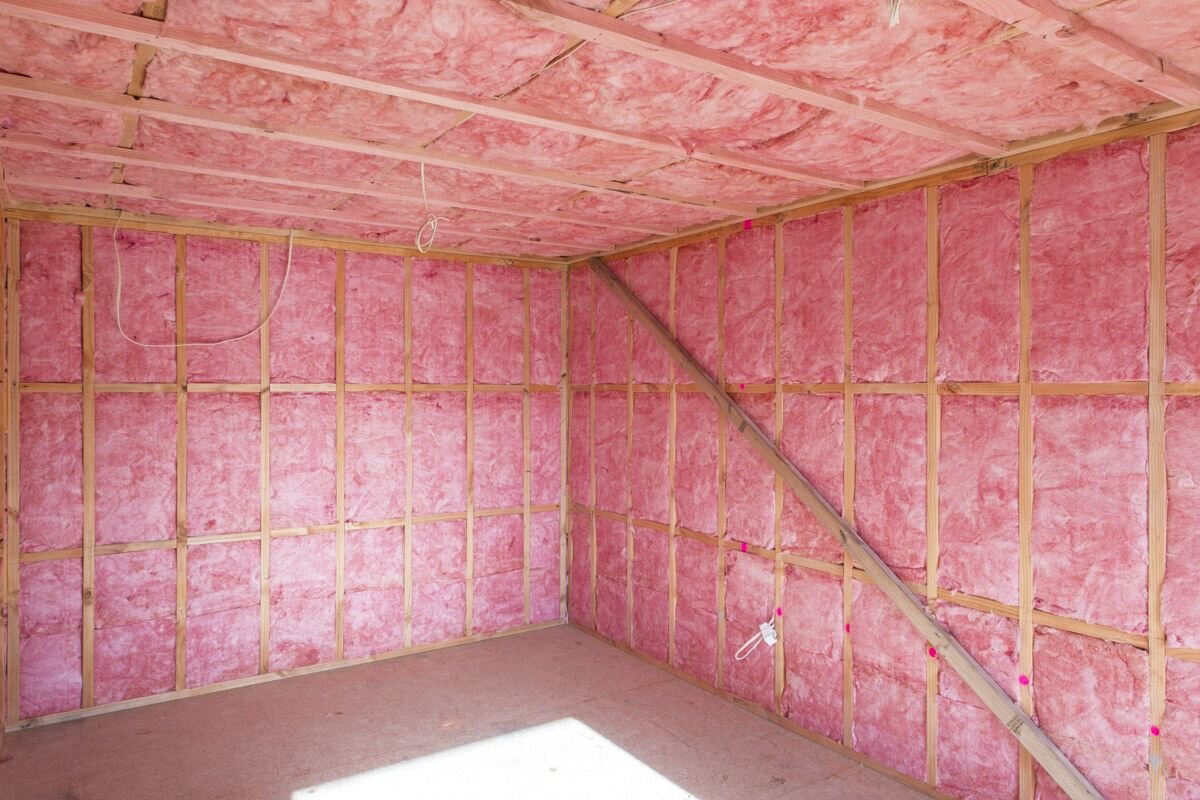

0 thoughts on “What Is Loose Fill Insulation”